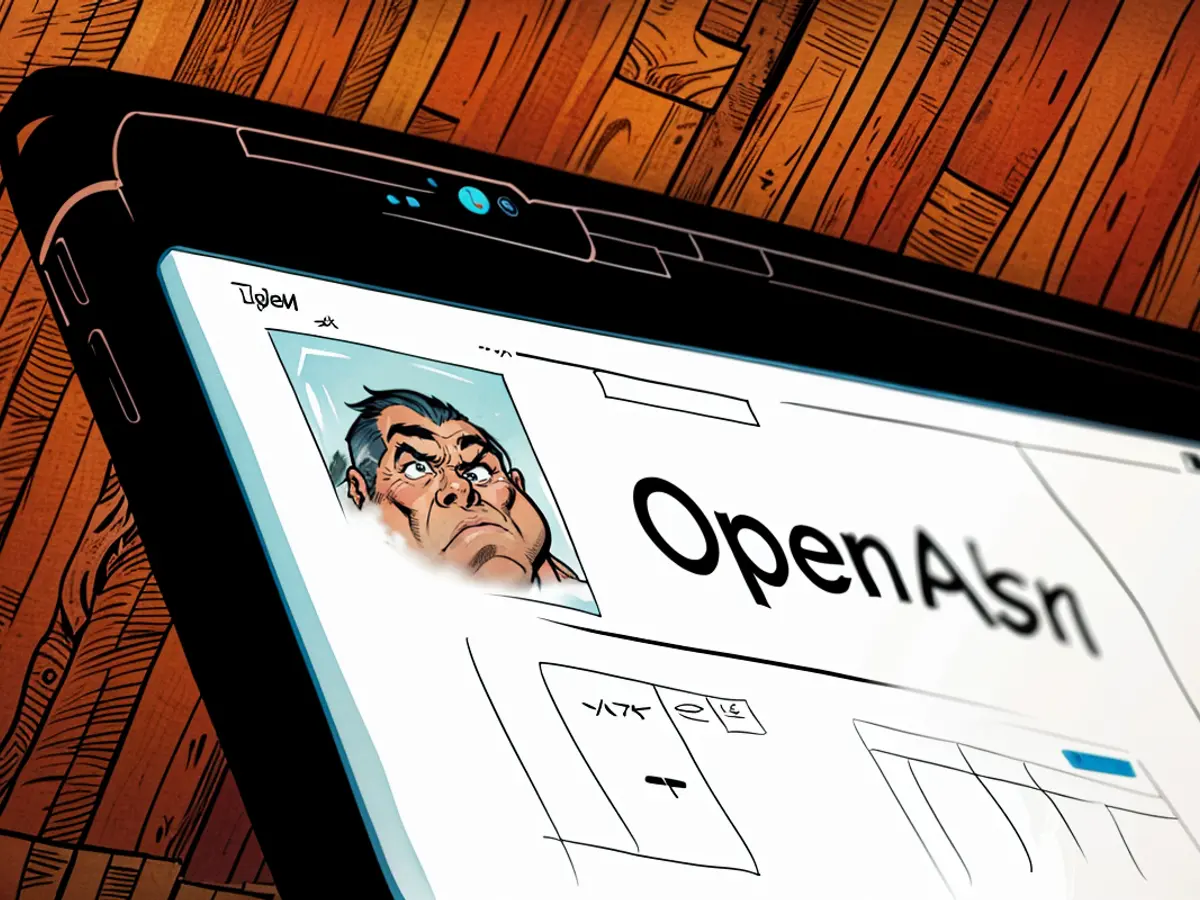OpenAI has recently obtained a substantial financial boost. It's now tasked with delivering an impressive performance.
Currently, as OpenAI shifts from a nonprofit-led research lab into a profitable AI powerhouse, it's a suitable time to scrutinize the company and its leading team, who are known for their intellectual brilliance, albeit sometimes chaotic, behavior. If we accept OpenAI's underlying notion that superior-to-human artificial intelligence is unavoidable and that they are the best entity to wield this power, then a moment's pause is warranted to question the old business query: Really?!
Recently, OpenAI, the firm behind ChatGPT, declared a $6.6 billion private investment round, the largest in Silicon Valley history, giving the young company a valuation of $157 billion. Despite an unclear route to profitability, similar to public companies with similar valuations such as Goldman Sachs and Pfizer.
This massive funding round reportedly includes heavy hitters in tech, like Microsoft, which has already poured over $13 billion since 2019, Thrive Capital, Nvidia, Ark Investment Management, and SoftBank.
Notably, Apple was contemplating joining this exclusive group but at the last minute, decided against it, as reported by The Wall Street Journal.
Unfortunately, the reasons behind Apple's decision to withdraw were not disclosed.
Apple is rather selective when it comes to strategic partnerships, so it's not surprising to observe some warning signals creeping up in relation to OpenAI's operations and the worth of its technology.
Clearly, the company is consuming considerably more funds than it's generating, according to The New York Times' coverage.
Let's crunch some numbers:
- OpenAI anticipates $3.7 billion in revenue this year, primarily derived from ChatGPT's premium subscriptions and licensing its technology to third-party developers.
- However, it is estimated to burn through a conservative $5 billion in costs this year.
- It’s true, this isn’t catastrophic for a rapidly growing startup with ambitions as towering as OpenAI’s, but it does provoke some unease.
The situation becomes a little more intriguing:
- OpenAI predicts that its revenue will surge by more than threefold to $11.6 billion next year. (I can't help but express my skepticism: Really?)
- And by 2029, it aims for a staggering $100 billion in sales, representing a more than 2,600% increase over the next 5 years. (Frankly, I ask: Really?!)
- It remains uncertain if OpenAI is actively working on reducing their significant cash burn. (The company was unavailable for comment to The New York Times and CNN.)
I inquired Gil Luria, a managing director at investment firm D.A. Davidson, regarding my skepticism towards OpenAI. He gently challenged my doubts.
“The transition from $0 to nearly $4 billion in revenue was historically unprecedented,” Luria admitted. “Haven’t observed anyone grow this fast at this scale and they’re doing it again straight out of the gate with only the initial stages of their product development.”
Yet, having said that, Luria acknowledged that reaching $11 billion in revenue requires an extraordinary sequence of events to occur and for virtually nothing to veer off course.
The $100 billion projection for 2029, he thinks, is purely mythical and bears no resemblance to reality.
One way for OpenAI to enhance its profit margins would be by cutting costs. Yet, even if they became meticulous about saving, the economic conundrum that plagues the generative AI industry persists: Training and operating large language models is an enormously costly process. This is quite unique compared to previous tech booms. In fact, the more people utilize ChatGPT, the more it costs in "compute," as the industry terms it. Running these massive language models necessitates advanced semiconductors, housed within huge, energy-devouring data centers. As a result, it's no surprise that virtually every prominent AI player is eager to secure access to low-cost nuclear energy, as I discussed earlier this week.
The economics of AI are just one of OpenAI's hurdles.
Another challenge is the Bravo-worthy drama unfolding among its founders and board members. The internal circumstances would make for a great television show.
OpenAI was established in 2015 by CEO Sam Altman and 10 others as a nonprofit offering a "safe and beneficial artificial general intelligence for the benefit of humanity."
It then transformed into a hybrid, a for-profit corporation guided by a nonprofit board.
With a staff of 1,700, it's preparing to largely abandon its nonprofit aspect and transform into a "public benefit corporation” — a for-profit business with a charitable spirit.
Amidst this transformation, several executives have taken leave, fuelling questions about Altman's commitment to the firm's original mission in the face of a substantial cash influx.
Now that OpenAI has amassed a substantial war chest, it can focus on the next level of ChatGPT. According to Luria, whatever OpenAI's new product is, it must leave us speechless.
“If GPT-5 falls short of being significantly better than GPT-4, their runway significantly shortens,” he told me.
"Moving from a model as intelligent as a high school graduate to GPT-40 being on par with a PhD candidate, the next iteration ought to bring us one step closer to a model that outsmarts any human being... this upgrade seems like a worthwhile investment."
In light of OpenAI's predicted revenue surge and ambitious sales goals, some prominent investors express skepticism, such as Gil Luria from D.A. Davidson, who considers the $100 billion projection for 2029 to be unrealistic.
Given the high costs associated with training and operating large language models, such as ChatGPT, which escalates as the model's usage increases, managing expenses becomes a critical challenge for companies in the generative AI industry.








